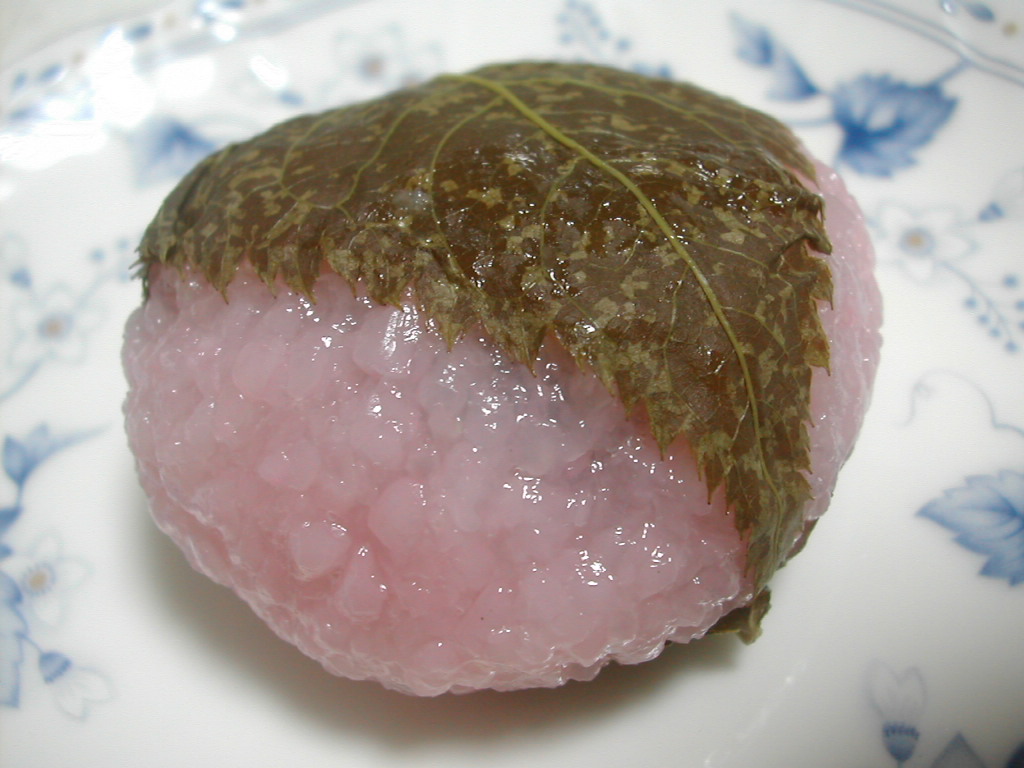Few things capture the fleeting beauty of a Japanese spring quite like sakura mochi.
Delicate, pink, and wrapped in a salted cherry leaf, this traditional sweet is as much a visual poem as it is a dessert. Made to celebrate the brief bloom of the cherry blossom, sakura mochi isn’t just a seasonal treat – it’s a cultural moment, steeped in centuries of tradition and the gentle art of appreciating what does not last.
The origins of sakura mochi date back to the early 18th century in Edo – now Tokyo – where a gatekeeper at the famed Chōmei-ji temple began wrapping mochi in pickled cherry leaves that had fallen from the temple’s trees. He was looking for a way to repurpose the fallen leaves and create something new to sell to visitors.
The result was an instant success. The contrast between the soft, subtly sweet rice cake and the faintly salty, aromatic leaf made for a unique flavour – gentle, surprising, and strangely addictive. This Tokyo-style version, known as Chōmeiji, uses smooth, pink-dyed rice flour pancakes wrapped around sweet red bean paste.
In the Kansai region, including Kyoto and Osaka, a slightly different style evolved – Dōmyōji. Instead of rice flour, it uses coarse glutinous rice grains soaked and steamed, giving the mochi a slightly grainier, more textured bite. Both versions are now widely enjoyed across Japan, and both are wrapped in pickled sakura leaves – not meant to be eaten by everyone, but certainly part of the sensory experience.
Sakura mochi is most commonly eaten during Hinamatsuri (Girls’ Day), and again throughout the cherry blossom season, which begins in southern Japan in March and makes its way northwards through April. As hanami – cherry blossom viewing – begins, parks and riverbanks fill with picnickers enjoying food and drink beneath the blooming trees. Among the seasonal favourites packed into bento boxes or purchased from wagashi shops is sakura mochi – its pale pink hue echoing the blossoms overhead.
The appeal of sakura mochi lies not only in its flavour but in its symbolism. The cherry blossom, or sakura, is a powerful national symbol in Japan – representing renewal, beauty, and impermanence. To eat sakura mochi is to participate in that moment of seasonal transition, to acknowledge the beauty of the now – however brief.
In Cyprus, sakura mochi is not commonly found, though interest in Japanese sweets is growing. As more international supermarkets and Asian groceries appear on the island, the ingredients – glutinous rice flour, red bean paste, and pickled sakura leaves – are becoming more accessible to adventurous home cooks and chefs. For those seeking a taste of spring that is light, meditative, and meaningful, sakura mochi offers something quietly magical.
More than a sweet, sakura mochi is a celebration of time itself – of beauty in passing, and of nature’s ability to inspire not only wonder, but flavour. In its soft pink folds lies a philosophy as delicate as the petals it honours.







Click here to change your cookie preferences